Fencing
nnlogistics
12 years ago
Related Stories
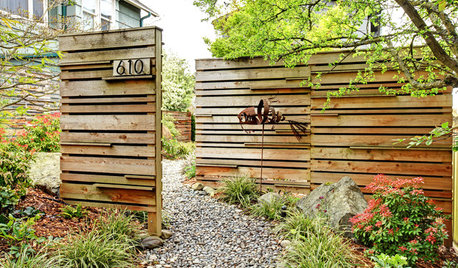
FENCES AND GATESHow to Choose the Right Fence
Get the privacy, security and animal safeguards you need with this guide to fencing options
Full Story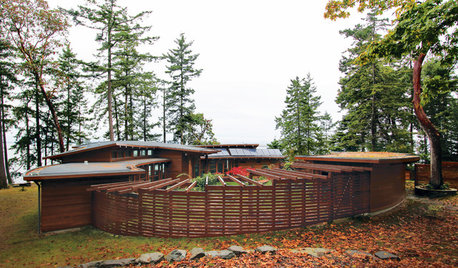
FENCES AND GATESA Deer Fence Can Be Decorative as Well as Protective
You need a monster-size fence to shelter your garden from deer, but it doesn’t have to look like a monstrosity
Full Story
FENCES AND GATESHow to Install a Wood Fence
Gain privacy and separate areas with one of the most economical fencing choices: stained, painted or untreated wood
Full Story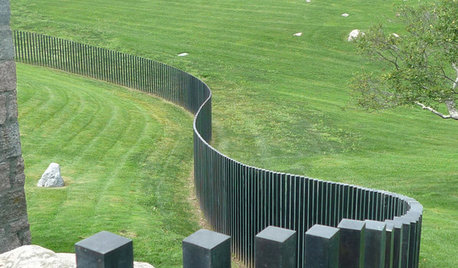
LANDSCAPE DESIGNGood Fences, Good Neighbors — and Good Views
See-through vertical fencing connects a yard with its surroundings while keeping children and pets safely inside
Full Story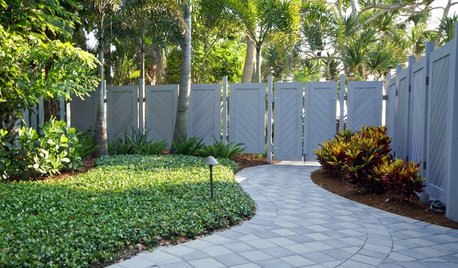
LANDSCAPE DESIGNHow to Choose a Fence That Feels Right and Works Hard
Making a thoughtful fencing choice now can create happiness for years to come
Full Story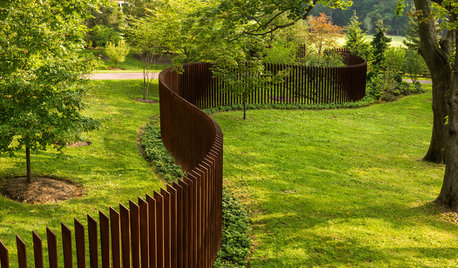
FENCES AND GATES12 Delightfully Different Garden Walls and Fences
If pickets seem picked over and you shrink from chain link, try these full-of-personality fencing alternatives
Full Story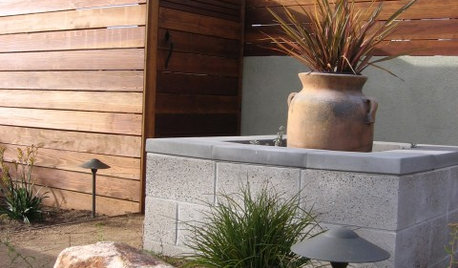
FENCES AND GATESModern Fencing for a More Secure Home
Deter would-be burglars without robbing your home of style, by installing a modern fence like one of these
Full Story
CURB APPEAL7 Questions to Help You Pick the Right Front-Yard Fence
Get over the hurdle of choosing a fence design by considering your needs, your home’s architecture and more
Full Story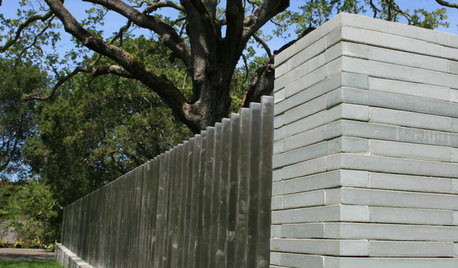
EXTERIORS11 Fences to Match a Modern Mood
Pass on the picket — steel, glass and other materials let fences make a perfect union with modern house mates
Full Story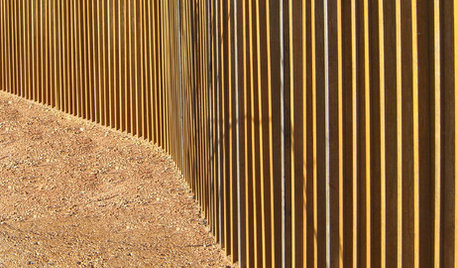
LANDSCAPE DESIGN10 Creative Fence Designs
Unique materials and imaginative applications turn this yard staple into a powerful outdoor accessory
Full StoryMore Discussions






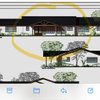
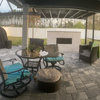
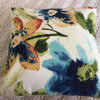
fnmroberts
sierraeast
Related Professionals
Minneapolis Decks, Patios & Outdoor Enclosures · Prichard Decks, Patios & Outdoor Enclosures · Verona Decks, Patios & Outdoor Enclosures · Valencia Home Builders · Cedar Rapids Flooring Contractors · Conyers Flooring Contractors · Englewood Flooring Contractors · Pahrump Flooring Contractors · Tewksbury Flooring Contractors · Truckee Flooring Contractors · Bronx Siding & Exteriors · Broomfield Siding & Exteriors · Cypress Siding & Exteriors · Oak Forest Siding & Exteriors · North Highlands Siding & Exteriorstexfoolette
MongoCT
sierraeast
MongoCT
sierraeast
nnlogisticsOriginal Author
MongoCT